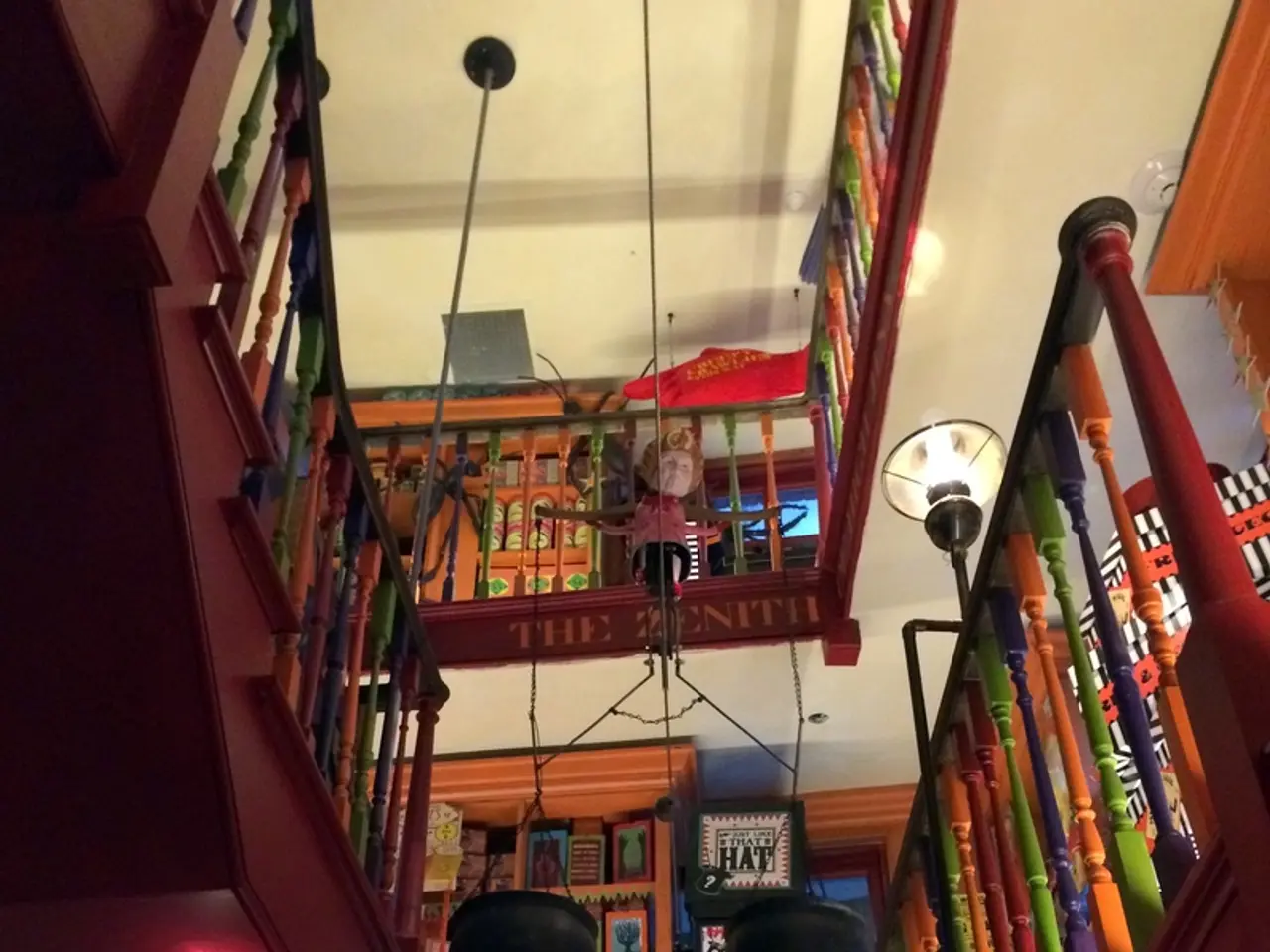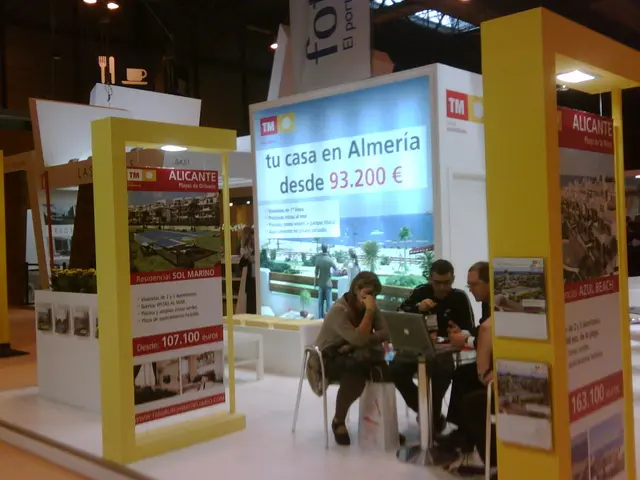Assessing the financial significance of design within the realm of construction and property development
In a groundbreaking study, designer and real estate developer Kang has offered policymakers, investors, and developers a compelling case for prioritising design in urban development. The research provides an empirical foundation that connects urban outcomes such as livability, resilience, equity, and community cohesion to concrete design choices.
Kang collaborates with resident stakeholders to reimagine properties as meaningful, long-term assets. This collaboration has led to innovative solutions, such as unlocking a new housing typology that balances financial feasibility with community ownership and long-term affordability.
One such project saw a single-family home transformed into a 40-unit, mixed-income apartment building, prioritising livability, sustainability, and contextual fit.
The research demonstrates that high-quality design delivers shared, long-term value across urban planners, private developers, community organisations, and residents. It provides quantifiable evidence that thoughtful architectural design features significantly enhance property value beyond traditional factors like location. Elements such as unique geometries, daylight access, greenery, contextual fit within the neighbourhood, and other environmental qualities have durable, measurable, and often undervalued financial impacts.
For policymakers, this information offers several benefits. It provides data-driven insights to support zoning, building codes, and urban planning decisions that encourage high-quality design, recognising its role in boosting property values and neighbourhood vitality. It enables the crafting of policies that incentivise investments in design elements that contribute to community identity and economic resilience.
The research also helps develop standardised design data and metrics, improving transparency and comparability in real estate valuations, which can enhance market efficiency and regulatory oversight. Understanding the heterogeneous effects of features like construction year and design across various market segments allows policymakers to tailor interventions to specific local contexts and housing types, avoiding one-size-fits-all policies.
By knowing how house prices influenced by design affect consumption and borrowing behaviours regionally, policymakers can better anticipate economic impacts and craft housing finance or social policies accordingly.
In essence, the rigorous research into design’s financial impact equips property investors and developers with evidence-based guidance to prioritise value-enhancing design features. It enables policymakers to formulate informed regulations and incentives that capture the broader economic and social benefits of design in real estate. This leads to improved investment outcomes, healthier real estate markets, and more vibrant, sustainable communities.
Moreover, the research helps shift debates from ideology to informed decision-making by pointing to measurable impacts of design on urban space. The agency provided by this research is distributed, empowering all stakeholders to see design as a shared, strategic tool for shaping more equitable, resilient, and humane urban futures.
[1] Kang, (2022). The Financial Impact of Design on Real Estate. [Online]. Available: https://www.kangresearch.com/financial-impact-of-design-on-real-estate [2] Kang, (2022). Designing for Community: Balancing Financial Feasibility with Community Ownership and Long-term Affordability. [Online]. Available: https://www.kangresearch.com/designing-for-community [3] Kang, (2022). Standardizing Design Data and Metrics for Improved Transparency and Comparability in Real Estate Valuations. [Online]. Available: https://www.kangresearch.com/standardizing-design-data-and-metrics [4] Kang, (2022). Understanding the Heterogeneous Effects of Design on House Prices and Regional Economies. [Online]. Available: https://www.kangresearch.com/understanding-the-heterogeneous-effects-of-design-on-house-prices-and-regional-economies [5] Kang, (2022). Shifting Debates from Ideology to Informed Decision-making: The Measurable Impacts of Design on Urban Space. [Online]. Available: https://www.kangresearch.com/shifting-debates-from-ideology-to-informed-decision-making
- Kang's research on the financial impact of design on real estate showcases how innovative solutions in urban development can lead to long-term value across various stakeholders.
- The collaboration between Kang and resident stakeholders allows for the exploration of research that promotes sustainability, livability, and community cohesion in urban environments.
- By prioritizing research in this area, we can encourage public policy that incentivizes investments in design elements that foster resilience and economic stability.
- In his work, Kang demonstrates the undervalued financial impacts of environmental qualities, such as unique geometries, daylight access, greenery, and contextual fit, on property value.
- The progress made in the field of design and self-development can have a positive influence on the lifestyle and mental well-being of residents within urban communities.
- The standardization of design data and metrics set forth by Kang's research can increase transparency and comparability in real estate valuations, ultimately benefiting market efficiency and regulatory oversight.
- In the sports industry, understanding the financial impact of design can lead to the creation of more inclusive and community-driven athletic facilities that encourage public participation and promote equity.
- By looking at the heterogeneous effects of design on house prices and regional economies, we can tailor education and self-development initiatives to meet the needs of various market segments interested in real estate development.
- Overall, Kang's research serves as a powerful guide for students and researchers interested in the intersection of technology, science, and urban development, demonstrating how thoughtful design can contribute to a sustainable, equitable, and vibrant future for cities.




